Microbiology
Why we should take an interest in microbial biodiversity
Microorganisms such as bacteria and plankton can both exacerbate and mitigate the effects of climate change. But first of all we should do everything in our power to prevent the loss of these microscopic species.
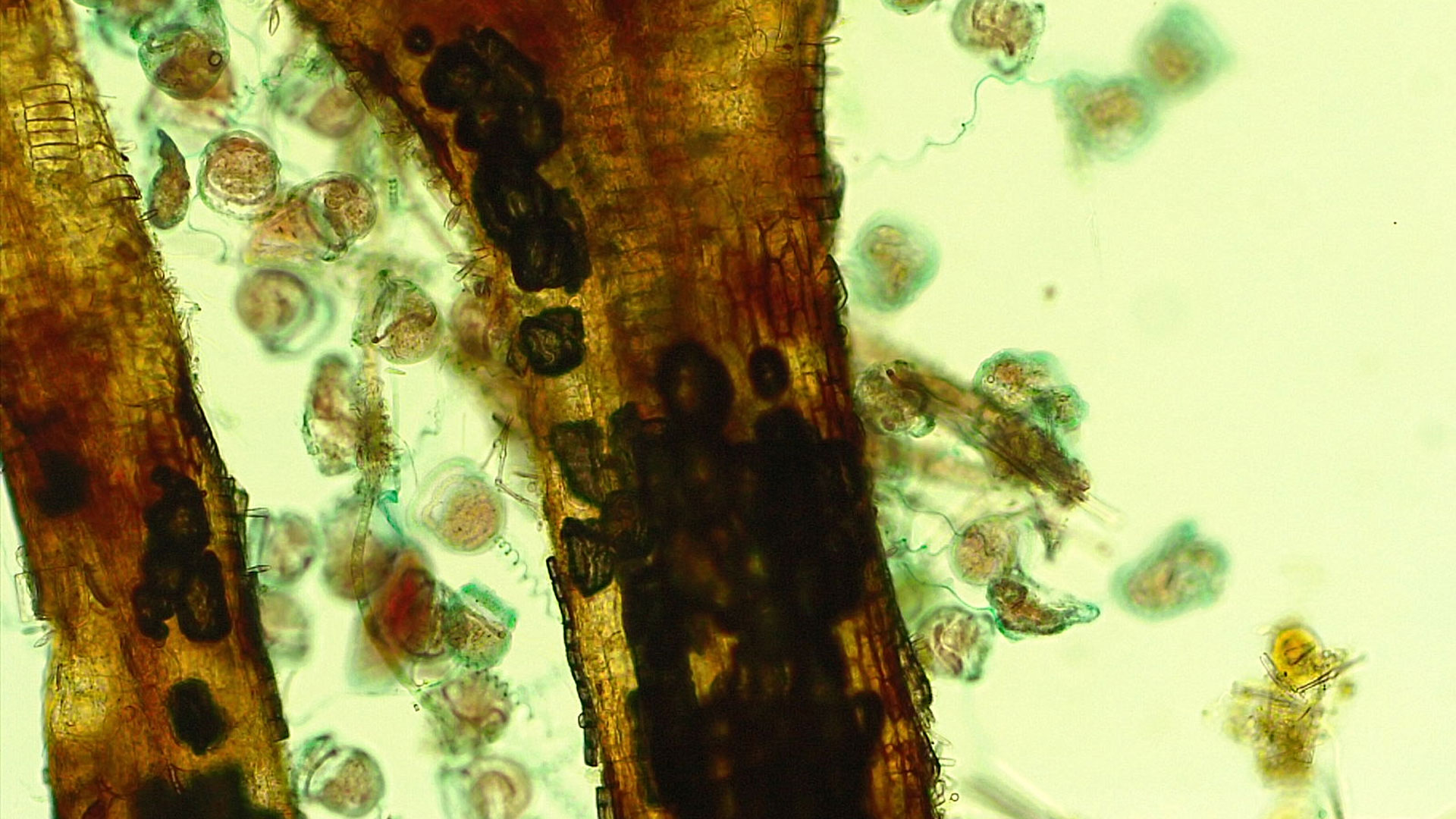
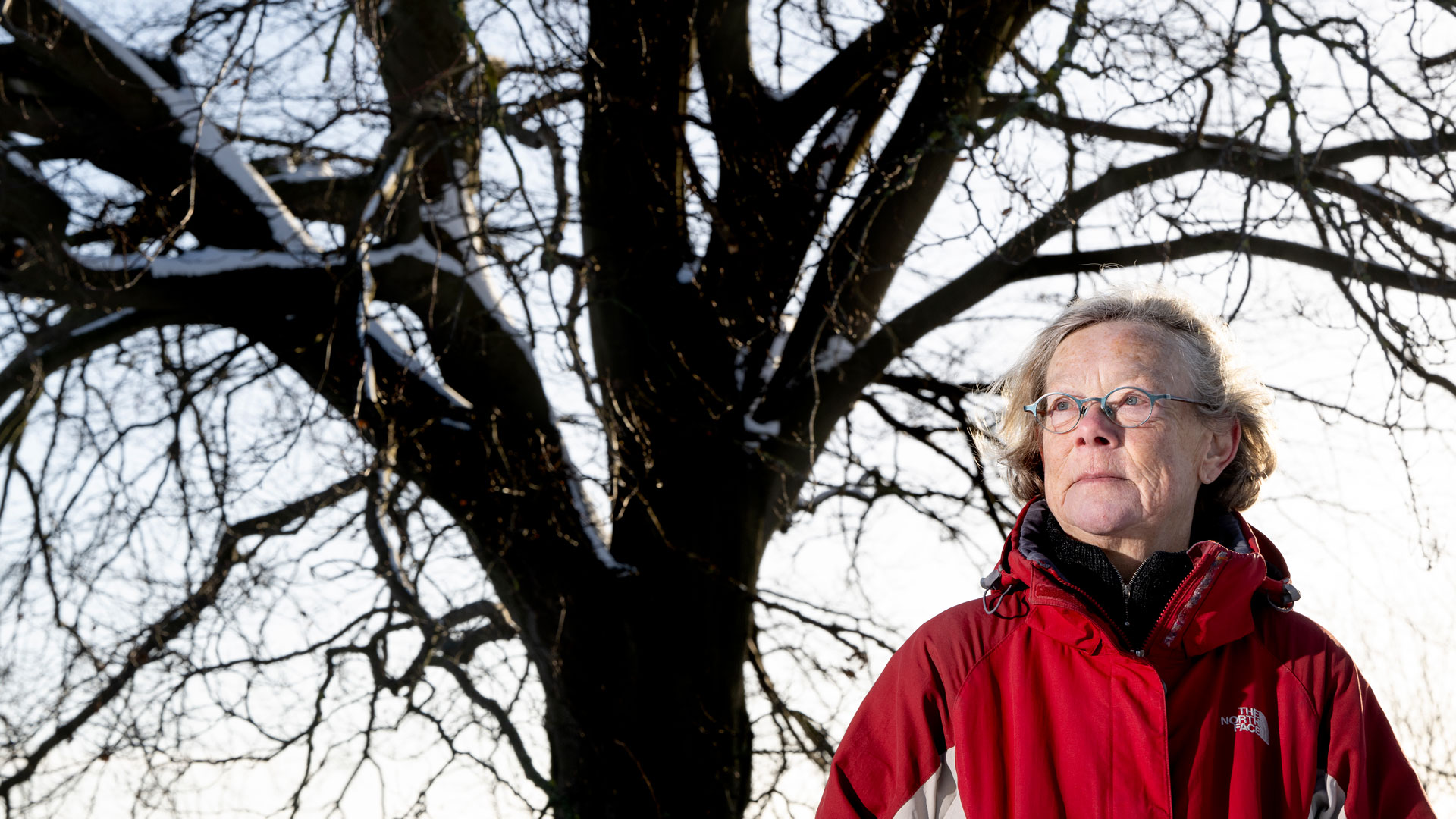
The greatest genetic resource on Earth
For those of us who haven’t studied biology, it may be a bit hard to grasp the idea that humans and animals are really in the minority. After all, humans have quite a strong presence on the planet, don’t they? But looking at the tree of life – as an illustration of life on Earth – the idea starts to make a lot more sense.
The tree of life is divided into three domains: prokaryotes (including bacteria), archaea, and eukaryotes (including animals and humans). Each domain is illustrated as a branch from which the life forms shoot, with the lengths of the branches indicating how different (or related) the organisms are genetically. As we saw, animals, including humans, belong to the eukaryotes, and we only make up a single twig on the tree of life. We are actually just a small watershoot on the huge eukaryotic branch, which also includes plants, fungi, and the aforementioned flagellates and ciliates, as well as many more life forms with strange names.
“Measured by species richness, i.e. genetic variation, microorganisms outnumber all other life forms on Earth. A former DTU colleague who was an expert in comparing such gene sequences often said: ‘Lone, genetically you have more in common with a corn plant than two strains of the E. coli bacterium have with each other.’ The genetic variation of this invisible world of microbes is huge, and the microorganisms actually constitute our largest genetic resource on Earth,” says Lone Gram.
This resource, the genetic variation, has given the microbes countless functions that we humans benefit from, according to the professor.
“Just think of the antimicrobial agents that enable us to defeat bacterial infections; 60 per cent of the antibiotics used in medicine are derived from microbes. In a world where antimicrobial resistance is on the rise, we desperately need new antibiotic drugs. We know from genetic analyses that microorganisms can produce far more antibiotic substances than we have identified so far, so it is clear that microbes are our greatest hope in this regard. But this requires that we can find them and have not eradicated them,” explains Lone Gram, who is currently moving into the field that is increasingly preoccupying both her and many other microbiologists worldwide: biodiversity at the microscopic level.
Growing concerns
Internationally, researchers are making their voices heard, for example in articles in scientific journals revolving around questions such as: Are microorganisms also affected by the biodiversity crisis? Are we losing species among the smallest life forms in the same way that we are losing the larger ones?
“It’s a concern that has grown stronger in the past couple of years. But we don’t know a lot about the status of microbial biodiversity, because it is only in recent years that it has really caught our attention,” says Lone Gram, before elaborating:
“Preserving microbial diversity is important, because if we don’t, we’re very likely reducing our chance of identifying and exploiting the functions we need, such as the ability of microbes to metabolize nutrients, which is necessary for all life on earth and in the ocean, but also their biotechnological importance, for example in connection with the production of antibiotics.”
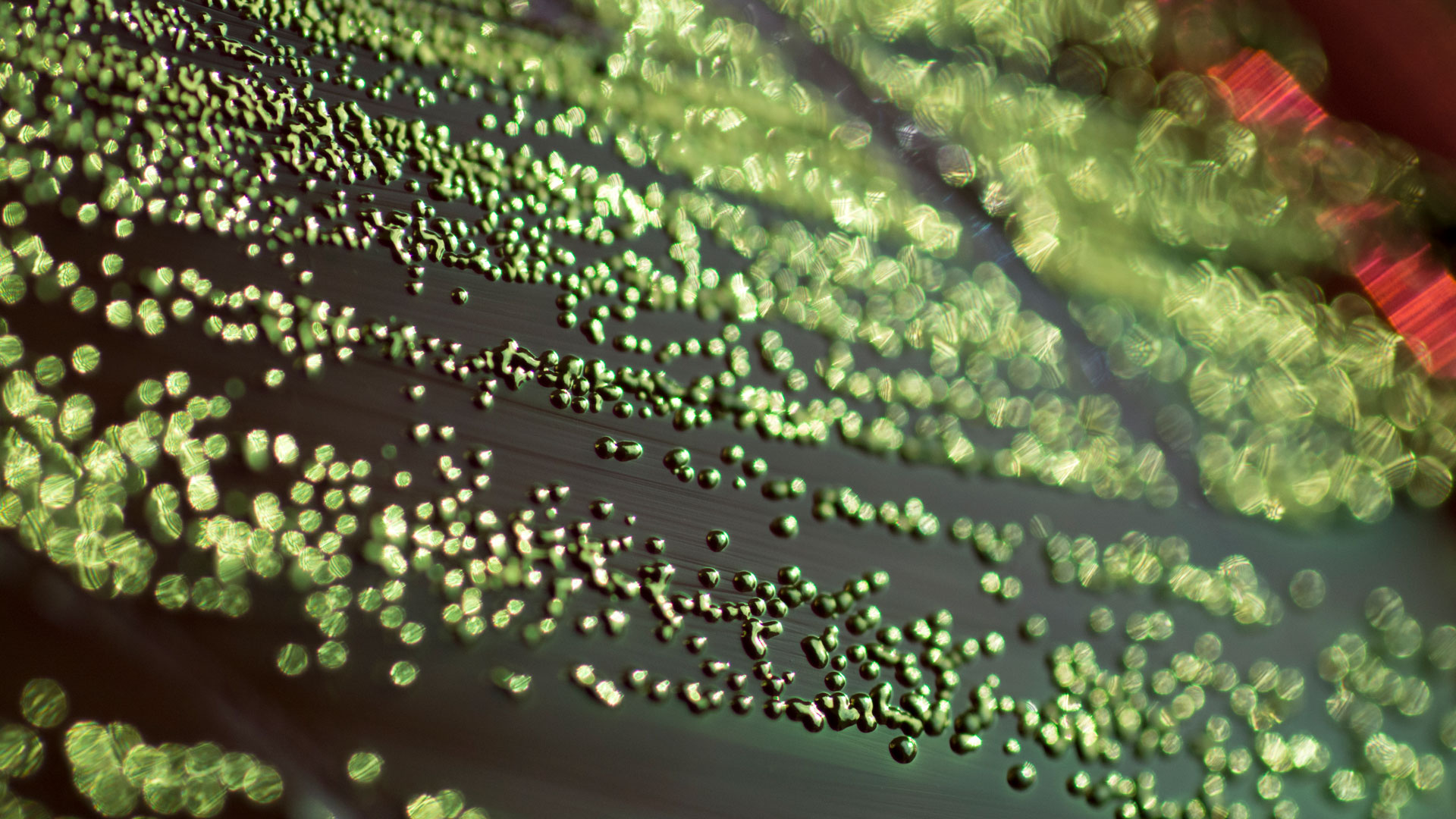
Conserving microbes for posterity
One sign that the biodiversity crisis has already manifested itself at the microscopic level has been found by international researchers examining samples of human faeces from around the world. The samples tell us about the state of our gut microbiomes – i.e. the whole host of microorganisms found in the intestines of humans. More and more research indicates that our gut microbiomes play a key role when it comes to our health and well-being – both mental and physical - and that a high level of diversity is good for us.
From examining the faecal samples, the researchers are concluding that the diversity of the human gut microbiome is declining. Among other things, they can see that the gut microbiome of people living in cities is less diverse than that of people living in non-urban areas. Our gut microbiome is affected by our diet, among other things, and one theory is that urbanization – the fact that people are increasingly moving from the countryside to the cities – is associated with dietary changes that are hampering the diversity of our gut microbiomes.
It is findings like this that have prompted a group of international researchers to create the Microbiota Vault. The vault will constitute a kind of global safe deposit box where frozen microorganisms from gut microbiomes will be stored to ensure that our descendants can still have access to the many species. The plan is for it to be set up in a former military bunker in the Swiss Alps. The Microbiota Vault has been inspired by the Svalbard Global Seed Vault, where frozen seeds from all sorts of plants are stored to preserve the various species for posterity.
Microbes and the climate
In addition to playing an important role in small ecosystems such as the human gut, microorganisms also play a decisive role in the larger ecosystems: in the soil, in the sea, in the coral reefs, in kelp forests, and even at the greatest scale: when it comes to the climate.
In the context of the climate, marine microorganisms are of particular interest. According to an estimate by the global research network Census of Marine Life, microbes make up 90 per cent of the ocean’s biomass. Many of them are photosynthetic, i.e. they are responsible for critical tasks such as using light as energy to absorb CO2 and converting it into organic carbon compounds for use by other organisms. And then they produce oxygen.
It is estimated that marine phytoplankton, i.e. phytoplankton such as microalgae, account for half of the global CO2 uptake through photosynthesis. Photosynthesis is also behind the fact that these microbes account for half of global oxygen production.
Moreover, microorganisms break down all sorts of organic matter – from plants and fish to other microbes – which is important for the recycling of nutrients, which in turn is important for the quality of the ecosystems they are part of, ensuring that new life can be formed and animals, plants, and microbes can thrive.
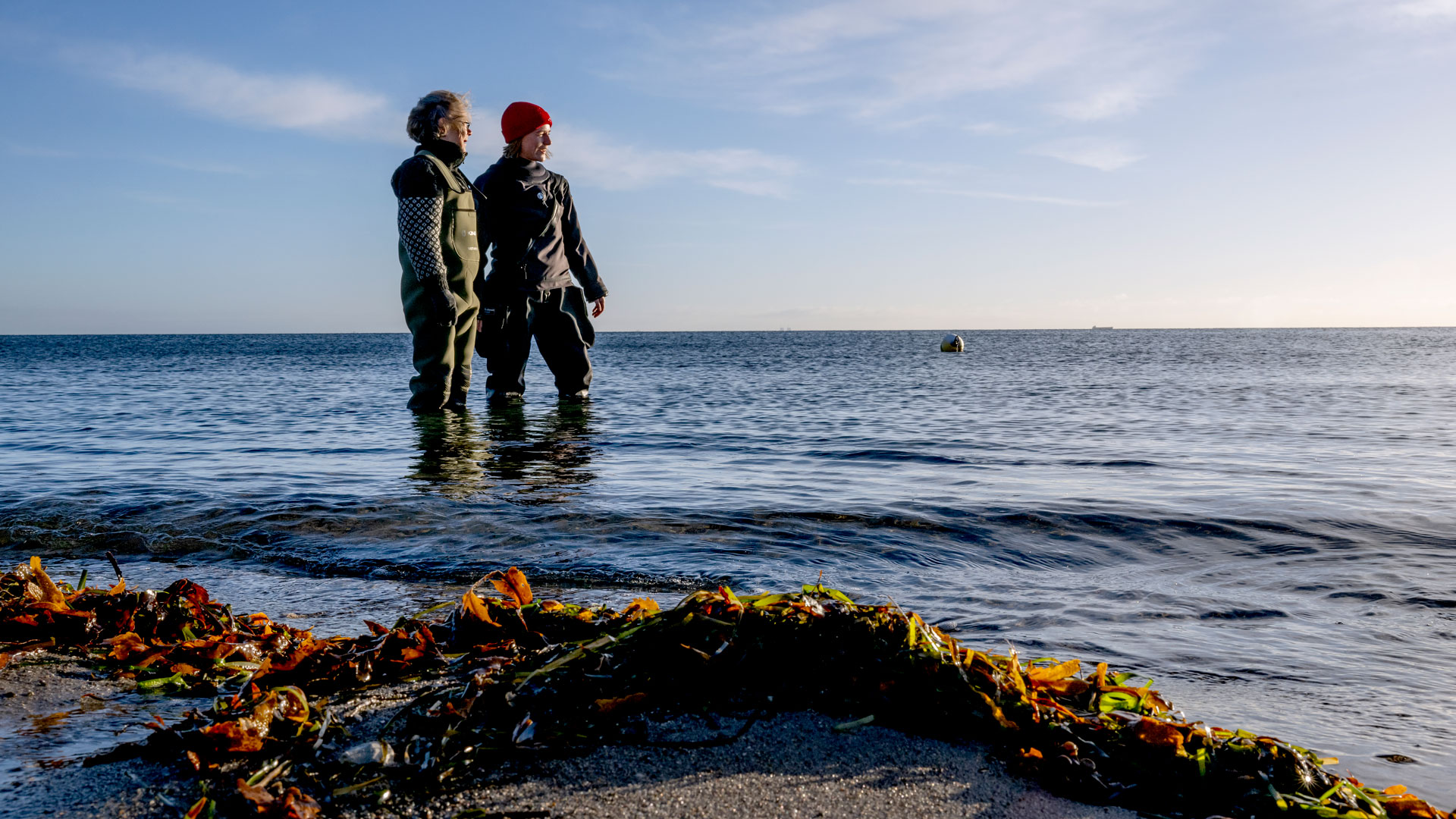
Do microbes react to climate change?
But how are microorganisms affected by the changes in the ocean brought about by climate change? Water temperatures are rising, acidification is increasing, and the water masses are affected by the increased melting of the ice sheets.
“What we can see is that the living conditions of marine microorganisms are changing, but we have no idea how this is affecting the microbes. For example, what does this mean for their ability to absorb CO2? And to metabolize nutrients? If I have to put it bluntly: The carbon cycle in the oceans is completely unaffected by the number of whales swimming around, and I must stress that I have nothing against whales, and I believe that they are wonderful and an important part of our ecosystem and that – like all other life – they must be preserved. But the role of marine microbes, which has such a major impact on our global climate and on the formation of new life, should be shifted up the agenda. Because if climate change causes the microbes to either perish or simply stop doing their job, then there is no one else out there to take over the task of building carbon compounds and recycling nutrients,” says Lone Gram.
These are messages that microbiologists and other researchers around the world are trying to highlight to ensure that we start building more knowledge about the microorganisms, their role and the challenges they are now exposed to. It goes without saying that knowledge may well be the key to restoring some of the damage caused to ecosystems by climate change.
"What we can see is that the living conditions of marine microorganisms are changing, but we have no idea how this is affecting the microbes."
How microbes can help us
Using microbes to restore both large and small ecosystems, or even to save species, is called microbial intervention – a field of research currently undergoing rapid development. Together with a team of international researchers, Lone Gram has published an article on microbial interventions in Nature Microbiology, presenting examples of how this solution can help us – or rather help restore the natural world we are in the process of destroying.
Microbial intervention can help us maintain or improve biodiversity, both in small systems such as our guts and in large systems such as coral reefs. Attempts are also being made to use microbial interventions to conserve honeybee populations, to increase the robustness of plants to withstand disease and drought, and to save amphibians such as frogs and salamanders from extinction through fungal attacks.
Microbial intervention is something one of Lone Gram’s colleagues, postdoc Nathalie Suhr Eiris Henriksen, will be exploring in the coming years. In autumn 2023, she received a grant through the Villum International Postdoc programme for talented female researchers in the technical and natural sciences. Nathalie Suhr Eiris Henriksen will study the microorganisms that play an important role in marine kelp forest ecosystems.
“I want to identify the microorganisms and how their interactions drive the degradation of organic matter in kelp forests. These are important coastal ecosystems that are under severe pressure around the world due to climate change and other human impacts. The role of microorganisms is crucial to the quality and functioning of these ecosystems, as the microbial processes are fundamental to all life. The ambition is for my research to make it possible for us to use microbial intervention in kelp forests as a way of rehabilitating these marine ecosystems where they have collapsed,” says Nathalie Suhr Eiris Henriksen.
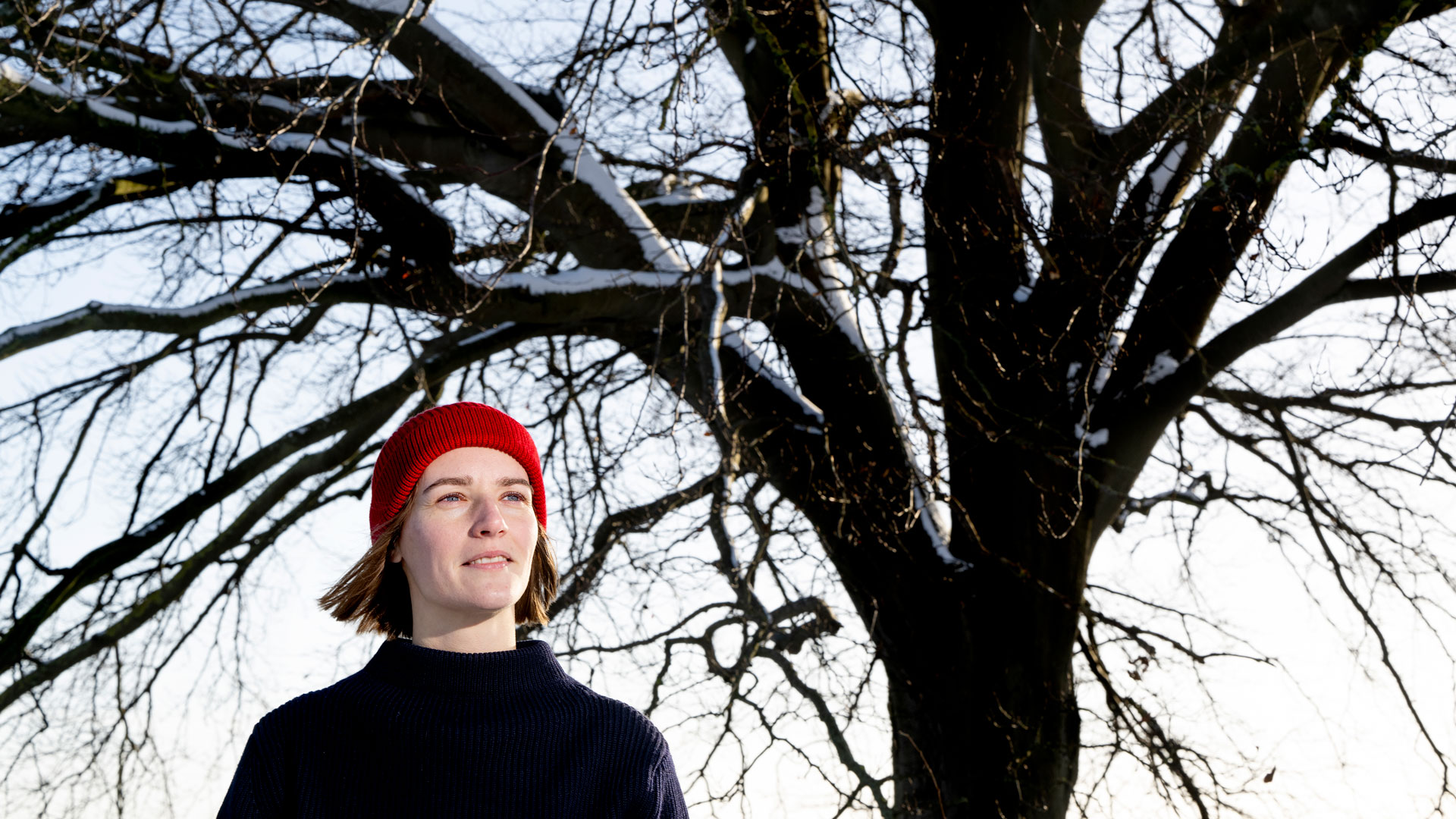
Microbes to save coral reefs
Promising results have already been achieved by other researchers trying to make corals more resilient to climate change with the help of bacteria. But only in the laboratory. There are still many unknowns when it comes to implementing large-scale microbial interventions in marine environments. But since the results have so far been so promising, researchers have just started real-life testing in the coral reefs, Nathalie Suhr Eiris Henriksen points out.
“We’re both microbiologists and love the ocean, both above and below the surface. It’s a huge place! So how do we perform microbial interventions out there? Should the microorganisms just be sprinkled from the railings of a ship? Do we have to dive in with them? Should the microbes be encapsulated? How do we make sure that the doses are right? How do we monitor the intervention and ensure that it does not have unintended effects? How often do we have to collect samples?” are the questions that Nathalie Suhr, Eiris Henriksen and Lone Gram would like to answer.
For microbial interventions to be successful, biology and technology must work together. Developing the right solutions requires input from experts in many fields – perhaps from a whole technical university.
Contact
Lone Gram Professor Department of Biotechnology and Biomedicine Mobile: +45 23688295 gram@bio.dtu.dk
Nathalie Suhr Eiris Henriksen Postdoc Department of Biotechnology and Biomedicine nasuh@dtu.dk